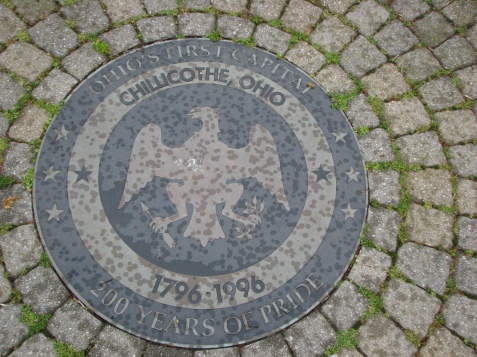Walk up to anyone on the street and ask them if they know the names Brad Pitt and Angelina Jolie (also known together as Brangelina) and I’d be willing to put money on the fact that they’d be able to tell you who they are. But try asking them if they know the name Vint Cerf, the father of the Internet, or Ward Cunningham, the inventor of the wiki. What does it say about our society that we can name celebrities but we know very few of the people who have greatly impacted our lives and the education of not only the current school age generation but all generations?
Three people whom I consider to be prominent in educational technology are:
Howard G. “Ward” Cunningham

Mr. Cunningham invented the first wiki in 1995. Wikis are pages or a collection of pages that allow users to create, modify, edit, and remove content. They are essentially collaborative learning pages. The most popular today is Wikipedia. While Wikipedia is not always 100% reliable, it a great starting point for research. There are other sites out there that are more stringent about the validity of the content in their pages. Wikis have also become a feature of the Blackboard Academic Suite, allowing for easier collaboration on projects.
Check out the following for a better understanding of what wikis are and how they are used: http://www.teachertube.com/view_video.php?viewkey=51aeb480ecbd988cd8cc
 Matthew Pittinsky and Michael Chasen While the debate is pretty heated at the moment as to whether or not Blackboard was the first in e-learning, it does hold the majority of the market and has been the most marketed. Most colleges and many K-12 schools are utilizing Blackboard to aid in the education of their students. Blackboard is used for a wide range of purposes, and has begun to change the face of education.
Matthew Pittinsky and Michael Chasen While the debate is pretty heated at the moment as to whether or not Blackboard was the first in e-learning, it does hold the majority of the market and has been the most marketed. Most colleges and many K-12 schools are utilizing Blackboard to aid in the education of their students. Blackboard is used for a wide range of purposes, and has begun to change the face of education.
Bill and Melinda Gates

In addition to the many educational uses for Microsoft’s products, Mr. Gates has been prominent in the realm of education through the Bill and Melinda Gates Foundation, which has brought technology to students who would otherwise not have been exposed to it.
According to the Foundation’s website, since it inception the Foundation has had $17.3 billion in grant commitments.
 Recently, I attended a professional development training on Second Life in the classroom.
Recently, I attended a professional development training on Second Life in the classroom.

 I was able to get to eight of the markers in my area. Chillicothe was the first and third Capitol of Ohio, so there are a lot of markers around here.
I was able to get to eight of the markers in my area. Chillicothe was the first and third Capitol of Ohio, so there are a lot of markers around here. 


